Honeysuckle is a deciduous shrub or vine of the honeysuckle family. Distributed quite widely and grows wild in Asia, North America and Europe.
The whole appearance of the bush is very elegant. Its elegance is given by its entire, delicate leaves and two-lipped, original-shaped flowers with a light aroma. The fruit is a berry with small seeds. It blooms profusely and for a long time, from April to the end of summer.
It is distinguished by its unpretentiousness in cultivation and tolerance to both frost and heat. However, one cannot take away her love for water. Honeysuckle loves abundant watering. On this page you can see photos of honeysuckle of various, best varieties, both edible and decorative.
Varieties of honeysuckle
Most common in landscaping Tatarian honeysuckle - tall, up to 4 m, shrub with light green bare and very delicate leaves, weakly fragrant flowers.
The berries are bright red, and some are yellow. It is very unpretentious, grows everywhere, tolerates heat and frost, branches well and grows back after possible damage. Propagated by seeds and cuttings. One problem is that it is affected by viruses.
Alpine honeysuckle - decorative with its crown. It is spherical, consisting of large shiny leaves.
They are dark red on the outside and yellowish on the inside. They are replaced by fruits - red, round, just like cherries. Although they are not poisonous, they are inedible. In the photo of alpine honeysuckle these fruits are clearly visible.
Honeysuckle is edible. A shrub native to Primorye, with dark blue oblong berries. They are edible both fresh and canned. Ripen in June. In the Far East, honeysuckle berries are as popular as, say, cherries in our country.
The juicy berry contains sugars, pectin, organic acids, vitamins, microelements and even physiologically active substances.
Blue honeysuckle. This is a northern shrub, where it grows wild. And in culture this variety is used due to its exceptional decorative flowering and unusual, almost blue color of the leaves. The photo of edible and blue honeysuckle clearly shows how the leaves of these two varieties differ in color. A relatively tall bush, up to 3 m, blooms in May and blooms profusely with white or white-pink flowers. Flowers sitting in pairs stand out effectively against the background of blue-green or bluish foliage.
This variety is valuable for its rapid growth and complete unpretentiousness. It grows everywhere - in the shade, in the sun, on fertile and poor soils, tolerates heat and frost, and if it freezes in severe winters, it quickly recovers in the spring.
Honeysuckle Karelin. A low-growing variety native to Central Asia. Shiny dark green leaves, bright yellow flowers and scarlet-red berries give it a very decorative appearance.
Hedges made from this honeysuckle are original and always beautiful, since the plant is very resistant to all unfavorable environmental conditions.
Albert's honeysuckle. This is a thorny bush. If you look closely, you can see these spines even in the photograph. Low, up to 1.5 m, shrub, also native to Central Asia. It is distinguished by twig-like curved shoots bearing thin spines.
The leaves are narrow, gray-green. Unusual flowers. They are light purple and very fragrant. Flowering is abundant. The berries are just as unusual - large, white, reminiscent of snowberries. But there are few of them, as there are problems with pollination. The variety is resistant to unfavorable conditions.
Honeysuckle honeysuckle. This is a climbing vine, up to 3 m in height, with rounded, dense blue-green leaves that grow together in pairs at the top of the stem. This is not very clearly visible in the photo of honeysuckle, but it is by the pairwise arrangement of leaves that you can immediately distinguish honeysuckle from any other plant.The flowers are creamy pink and fragrant. Flowering in May - June. The fruits ripen in September. They are yellow or orange. This is the best variety of honeysuckle, unpretentious and resistant to adverse conditions. It can be propagated quite easily by layering, cuttings and seeds. The most common and convenient way is propagation of honeysuckle by cuttings. And you can judge the beauty of this plant from the photographs.
The agricultural technology for caring for this plant is not specific. Even novice gardeners can grow any variety of honeysuckle.
The article was written based on materials from the book by L.I. Movsesyan “Growing ornamental shrubs”
YOU CAN ALSO READ:
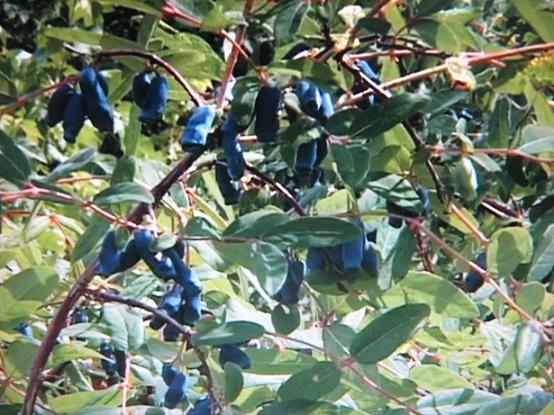
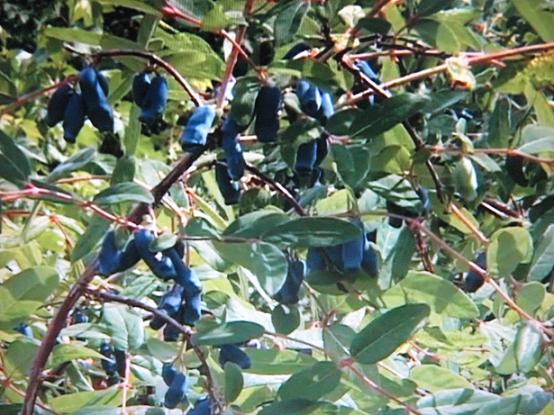
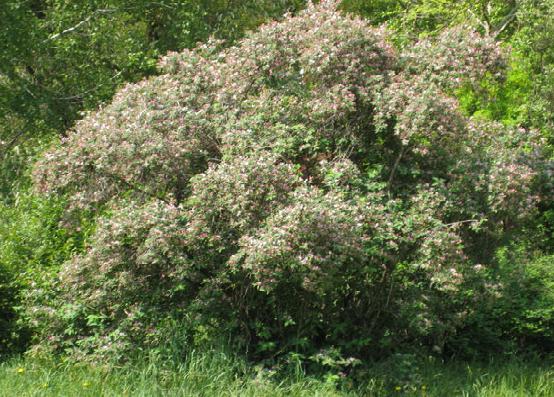
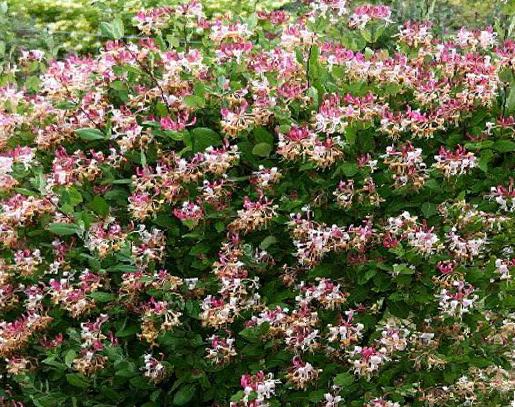

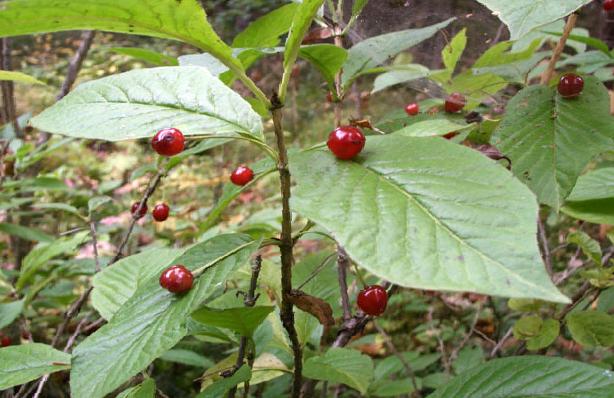
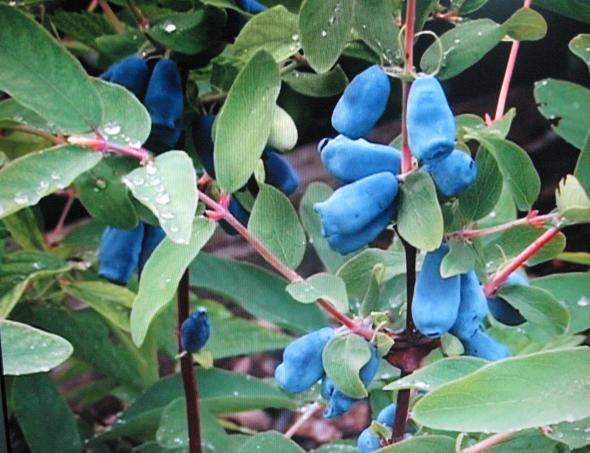
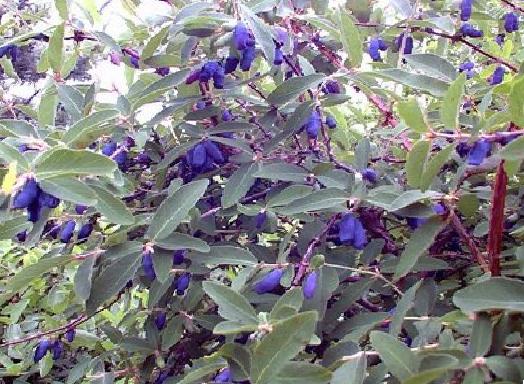
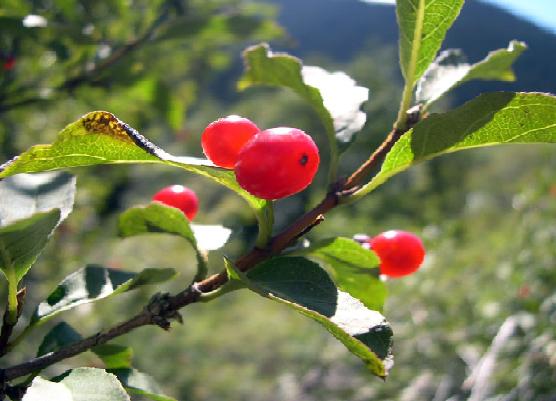
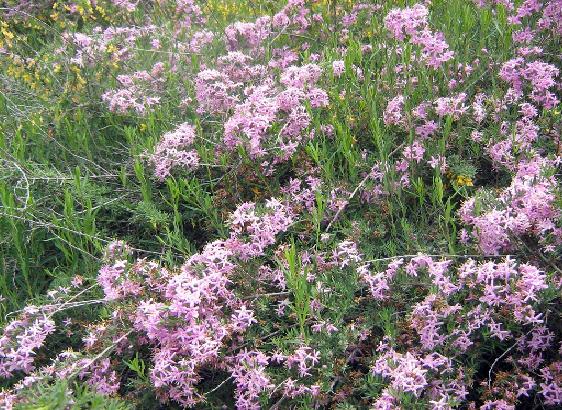
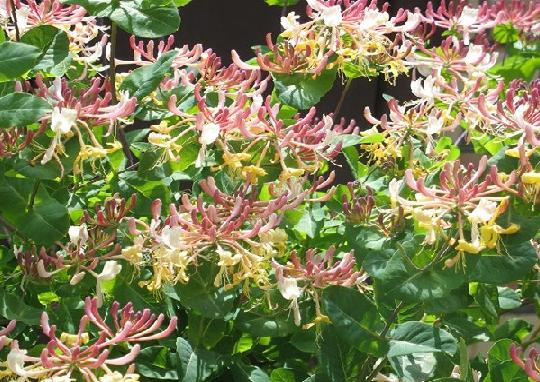

 CUCUMBERS NEVER GET SICK, I'VE BEEN USING ONLY THIS FOR 40 YEARS! I SHARE A SECRET WITH YOU, CUCUMBERS ARE LIKE THE PICTURE!
CUCUMBERS NEVER GET SICK, I'VE BEEN USING ONLY THIS FOR 40 YEARS! I SHARE A SECRET WITH YOU, CUCUMBERS ARE LIKE THE PICTURE! You can dig a bucket of potatoes from each bush. Do you think these are fairy tales? Watch the video
You can dig a bucket of potatoes from each bush. Do you think these are fairy tales? Watch the video
 How our fellow gardeners work in Korea. There is a lot to learn and just fun to watch.
How our fellow gardeners work in Korea. There is a lot to learn and just fun to watch. Eye trainer. The author claims that with daily viewing, vision is restored.They don't charge money for views.
Eye trainer. The author claims that with daily viewing, vision is restored.They don't charge money for views. A 3-ingredient cake recipe in 30 minutes is better than Napoleon. Simple and very tasty.
A 3-ingredient cake recipe in 30 minutes is better than Napoleon. Simple and very tasty. Therapeutic exercises for cervical osteochondrosis. A complete set of exercises.
Therapeutic exercises for cervical osteochondrosis. A complete set of exercises. Which indoor plants match your zodiac sign?
Which indoor plants match your zodiac sign? What about them? Excursion to German dachas.
What about them? Excursion to German dachas.
Order seedlings of the best and newest varieties of honeysuckle for the fall from the Gardens of Russia company, with free postage!